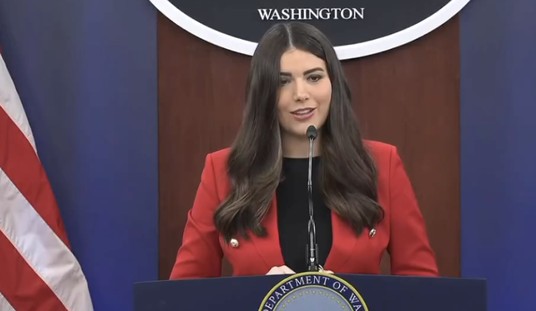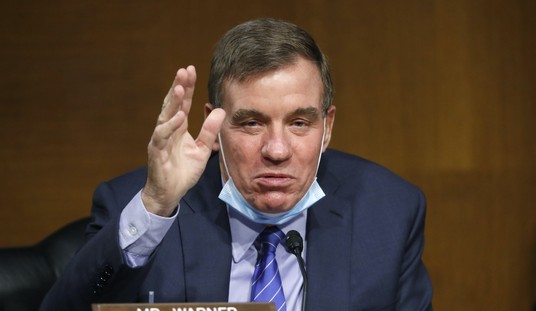Any good leader knows it is important to set “stretch goals” for the team. Goals that are feasible but difficult to reach. Having challenging goals helps motivate everyone to get work done. Nevertheless, when you set a metric of an achievement of a goal, there are no shortcuts. The reason the goal is a triumph is because it is difficult.
Sen. Majority Leader John Thune recently gave his caucus a challenging stretch goal. Thune wants a Republican budget plan by April 11. That’s comparable to mere milliseconds in Senate time, where achievements are sometimes measured by months (the Civil Rights Act of 1964 may not seem controversial now, but it ate up 60 days of discussion) rather than days.
“Right now, we’re still talking general concepts,” Sen. John Cornyn said. “We need to start putting our foot on the gas because time’s a-wasting.” Fair enough, but what should those concepts involve? In February, senators passed a budget blueprint that may clear the way for more spending in some areas and also extend the 2017 tax cuts.
But the problem is proposed spending cuts. Lawmakers are considering deep cuts to Medicaid, the joint federal-state program that provides health care to more than 72 million low-income Americans, including children, adults, seniors, veterans, and people with disabilities.
For example, the House of Representatives passed a budget blueprint that calls for $880 billion in spending cuts from the agency that oversees Medicaid. The idea is ridiculous to many Republicans.
“Slashing Medicaid would have serious consequences, particularly in rural and predominantly Hispanic communities where hospitals and nursing homes are already struggling to keep their doors open,” a letter from Rep. Tony Gonzalez and others reads. They know that rural America relies on Medicaid, with its coverage rates having jumped from 12% of the rural population in 2010 to 17% in 2020 and 21.2% in 2023.
Recommended
The program is delivering real benefits to real voters. One Kentucky women told the American Heart Association, “The expansion of Medicaid has helped a lot of people around here, including myself.” Frances Trice said she survived heart failure because she had coverage through Medicaid. “There would have been absolutely no way I could have afforded everything I had to have done.”
Medicaid is also making life better for many disabled children. Calvin Latham, a 10-year-old in Virginia, has polymicrogyria. Medicaid covers a special stroller for him, the tablet he uses to communicate, his ER visits, and provides a caregiver to watch over him. “He really needs day-to-day hands-on care, and Medicaid provides that for us,” his mom says.
It’s important to note that there are savings available without cutting this program. As is often the case, President Donald Trump is on the right track. “The Government Accountability Office estimates that the Federal Government loses between $233 and $521 billion annually to fraud,” he’s written. Cracking down on those fraudulent payments across the government would save Uncle Sam plenty, and Americans support Trump’s efforts to root out fraud.
However, Americans also support maintaining Medicaid, which provides coverage to about 1 in 5 people in the United States, and Trump knows that as well. “The Trump Administration will not cut Social Security, Medicare, or Medicaid benefits,” the White House wrote. “President Trump himself has said it (over and over and over again).” This is a promise that the President made to many of the very forgotten Americans who voted him into office.
Trump knows that Medicaid enjoys a 77% approval rating across partisanship, race and ethnicity, vote choice, and income level. A politician would love to have those numbers.
When the Senate voted in February, it shot down a proposal that would have prohibited the bill from cutting taxes for the wealthy if it trims so much as $1 from Medicaid. That, of course, was a show vote, but it makes an interesting point: lawmakers must find savings without harming the poor. They can, and must, balance the budget while preserving Medicaid. It’s a stretch goal, but it can be done.
The bottom line is that many Trump supporters, including MAGA superstar Steve Bannon, recognize that the risk of slashing a program that one in four Americans, including a disproportionate number of low income Trump voters, is great.
Steve Sherman is an author, TV and radio guest, and former Iowa House candidate.

























Join the conversation as a VIP Member